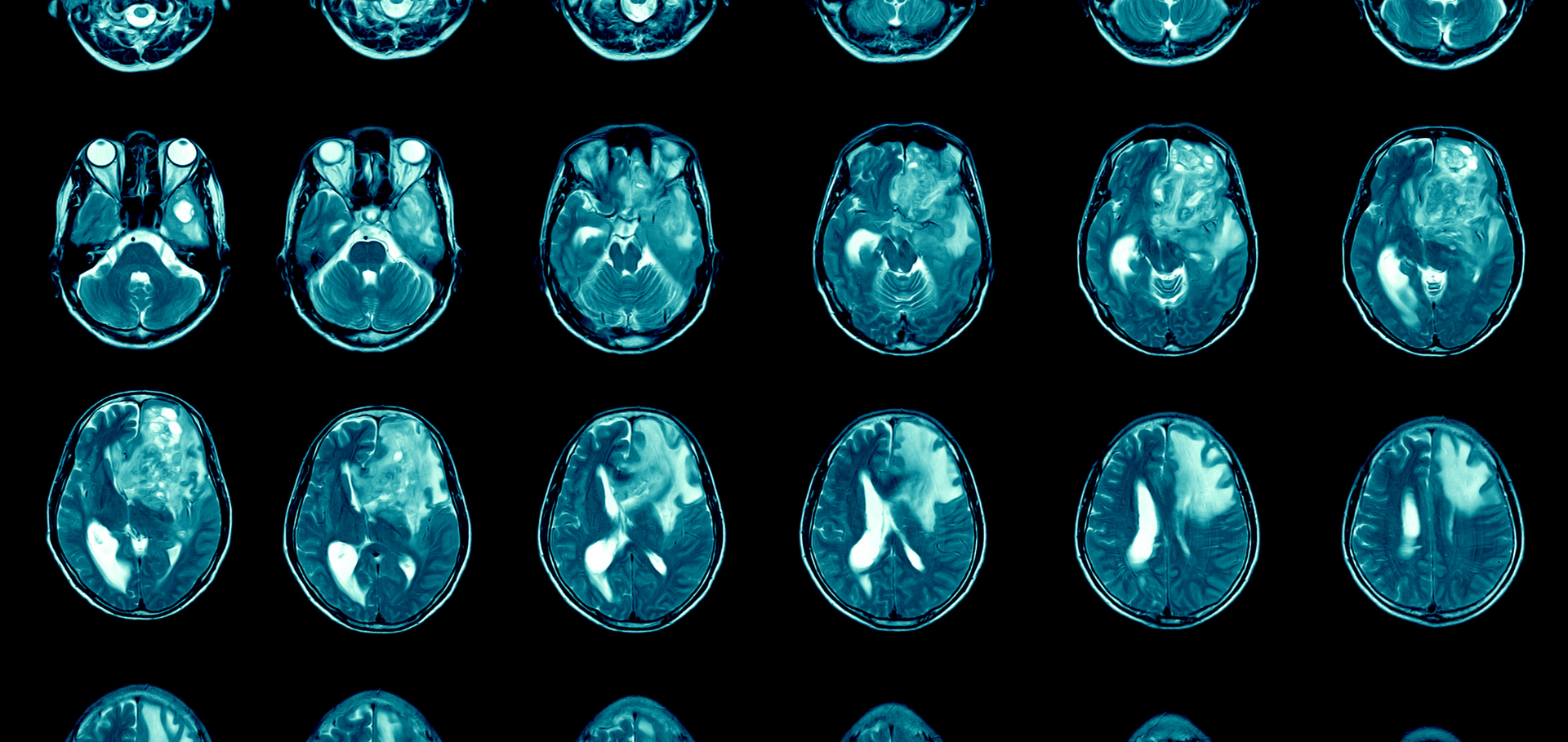Navid Sobhani , Victoria Bouchè, Giovanni Aldegheri, Andrea Rocca, Alberto D’Angelo,
Fabiola Giudici, Cristina Bottin, Carmine Antonio Donofrio, Maurizio Pinamonti, Benvenuto Ferrari,
Stefano Panni, Marika Cominetti, Jahard Aliaga, Marco Ungari, Antonio Fioravanti,Fabrizio Zanconati
and Daniele Generali
Affiliations:
Department of Medicine, Section of Epidemiology and Population Sciences, Baylor College of Medicine,
Houston, TX 77030, USA.Department of Medical, Surgery and Health Sciences, University of Trieste, 34147 Trieste, Italy. Department of Biology & Biochemistry, University of Bath, Bath BA27AY, UK. Neurosurgery, ASST Cremona, Viale Concordia 1, 26100 Cremona, Italy. Division of Biology and Genetics, Department of Molecular and Translational Medicine, University of Brescia. Viale Europa 11, 25123 Brescia, Italy. Breast and Brain Unit, ASST Cremona, Viale Concordia 1, 26100 Cremona, Italy. Pathology Unit, ASST Cremona, Viale Concordia 1, 26100 Cremona, Italy
With the advent of immunotherapies, the field of cancer therapy has been revived with new hope, especially for cancers with dismal prognoses, such as the glioblastoma multiforme (GBM). Currently, immunotherapies should potentiate the host’s own antitumor immune response against cancer cells, but it has been documented that they are effective only in small subsets of patients. Therefore, accurate predictors of response are urgently needed to identify who will benefit from immune-modulatory therapies. Brain tumors are challenging in terms of treatments. The immune response in the brain is highly regulated, and the immune microenvironment in brain metastases is active with a high density of tumor-infiltrating lymphocytes (TILs, CD3+ T cells) in certain patients and, therefore, may serve as a potential treatment target. In our study, we performed immunohistochemistry for CD3 and PD-L1 along the routine assessment of the O6-methylguanine-methyltransferase (MGMT) promoter methylation status and the IDH1 and 2 status in a single center cohort of 69 patients with GBM (58 primary tumors and 11 recurrences) who underwent standard multimodal therapies (surgery/radiotherapy/adjuvant temozolamide). We analyzed the association of PD-L1 tumor expression and TILs with overall survival (OS). The PD-L1 expression was observed
in 25 of 58 (43%) newly diagnosed primary glioblastoma specimens. The sparse-to-moderate density of TILs, identified with CD3+ expression, was found in 48 of 58 (83%) specimens. Neither PD-L1 expression nor TILs were associated with overall survival. In conclusion, TILs and/or PD-L1 expression are detectable in the majority of glioblastoma samples, and even if they slightly relate to the outcome, they do not show a statistically significant correlation.

